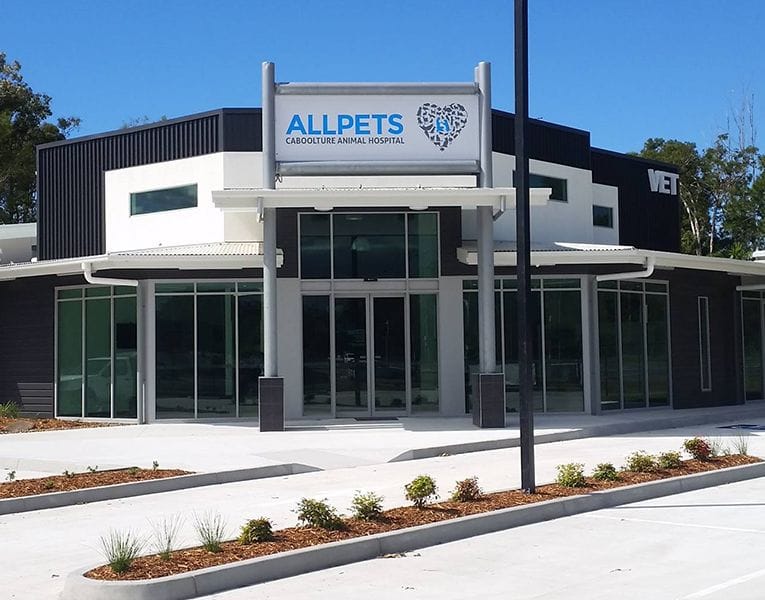Understanding and Addressing Canine Anxiety
)
As Dog Anxiety Awareness Week approaches, the AllPets team is here to help pet owners understand how to recognise, prevent, and manage anxiety in their dogs.
What is canine anxiety?
Anxiety in dogs is an intense feeling of fear or unease, even when there’s no real threat present. Dogs may develop anxiety in certain situations, such as when separated from their owners, or show general anxiety regardless of the environment.
Why are we seeing more cases of anxiety in dogs?
There are two main reasons why anxiety in dogs seems to be increasing. The first is that pet owners are becoming more attuned to mental health issues in their pets, and the second is that changes in dog socialisation, particularly during the COVID pandemic, may have contributed to a rise in anxiety.
What leads to anxiety in dogs?
Anxiety in dogs is influenced by both genetics and environment. Dogs with anxious parents are more likely to develop anxiety themselves, and a lack of proper socialisation during puppyhood can exacerbate this.
How can I recognise anxiety in my dog?
Signs of anxiety include restlessness, shaking, pacing, and changes in appetite. Dogs may also tuck their tails, flatten their ears, or show other signs of fear. In extreme cases, anxiety can lead to escape attempts or aggressive behaviour.
Preventing anxiety in puppies
You can reduce the likelihood of your puppy developing anxiety by providing positive, calm experiences as they grow. Socialisation in a safe, supportive way is key during the early months.
Treating canine anxiety
Anxiety in dogs can often be treated with a combination of behaviour modification, stable routines, and, when necessary, medication. If you suspect your dog is anxious, early treatment will provide the best chance of long-term improvement.
For more advice on managing anxiety in dogs, contact AllPets to speak with one of our veterinary professionals. Visit our clinic or contact us at 07 5495 8100.
| Tags:Pet BehaviourDog |



